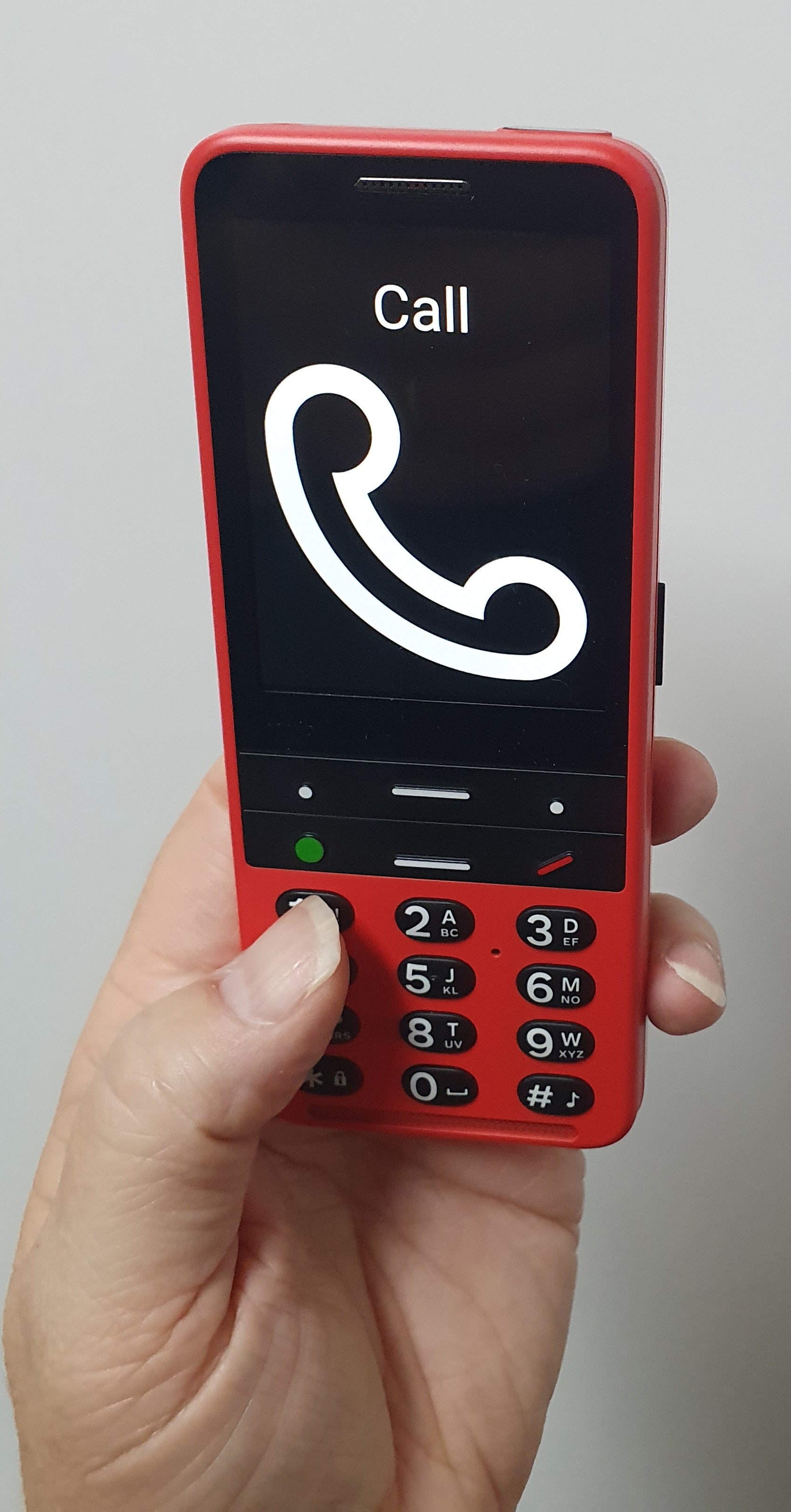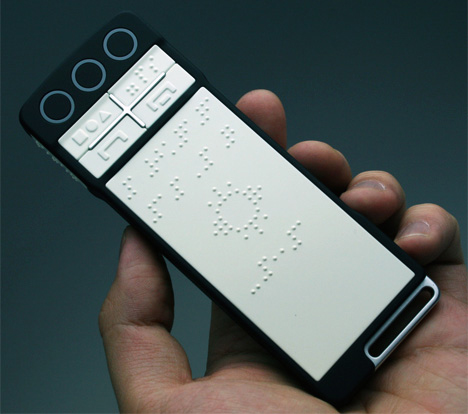Enhancing Lives With Advanced Assistive Devices for the Blind
The assimilation of sophisticated assistive devices for the blind is changing exactly how individuals experience their environments and communicate with their neighborhoods. Technologies such as enhanced reality smart glasses and sophisticated digital traveling help not only help with navigating but also boost overall quality of life. These modern technologies foster a sense of freedom and self-efficacy amongst users, allowing them to embark on daily jobs with newfound self-confidence. The implications of these improvements expand past plain functionality; they test social perceptions of handicap and independence. What does this advancement mean for the future of assistive modern technology and its function in encouraging individuals?
Overview of Assistive Instruments
Assistive devices for the blind encompass a diverse series of technologies and devices developed to improve freedom and improve the quality of life for people with aesthetic problems. These tools provide to different requirements, from navigation and wheelchair to interaction and everyday task administration.
Among the main categories of assistive devices includes mobility aids, such as white walking sticks and overview pet dogs, which help customers navigate their surroundings safely. Digital travel help, geared up with sensing units and audio comments, likewise play a substantial role in mobility enhancement.
Additionally, gadgets that aid with day-to-day living tasks, such as flexible cooking area devices, Braille labels, and chatting watches, empower individuals to do tasks separately. Interaction help, consisting of screen readers and Braille screens, promote accessibility to information and allow individuals to engage successfully with the electronic world.
Furthermore, low-tech remedies like magnifying glasses and large-print products remain essential for several users. Jointly, these assistive gadgets serve not only as useful tools yet likewise as important enablers of freedom, fostering better involvement in a world that usually focuses on sighted experiences. Their assimilation right into day-to-day live is crucial for advertising inclusivity and boosting general health for those with aesthetic disabilities.
Ingenious Technologies being used
Development in modern technology has actually dramatically changed the landscape of devices readily available for people with aesthetic problems. Amongst one of the most remarkable improvements are clever glasses incorporated with augmented reality, which supply real-time navigating help and item recognition. These gadgets utilize progressed cams and artificial knowledge to provide auditory signs, improving the individual's spatial recognition and freedom.
Furthermore, mobile applications have actually become effective resources, making it possible for individuals to determine currency, read text out loud, and browse unknown atmospheres through spoken guidelines. Devices such as Braille screens and refreshable Braille devices continue to evolve, using seamless connectivity with computer systems and mobile phones, thereby boosting interaction and access to details.
Wearable innovation, including smartwatches geared up with voice-activated attributes, even more encourages customers by helping with fast access to notifications and alerts without calling for visual engagement. Responsive maps and 3D printing are additionally acquiring grip, supplying concrete representations of areas that help in positioning and mobility training.
Collectively, these ingenious technologies not only boost the lives of aesthetically impaired individuals yet also foster better self-reliance, inclusivity, and interaction with the broader area, consequently reshaping perceptions of access. (AI-powered visual aids)
Personal Stories of Empowerment
Empowerment frequently arises from personal experiences that highlight the transformative impact of modern technology on individuals with visual impairments. Take, for example, the story of Sarah, a young musician that restored her interest for paint with using a clever walking cane equipped with obstacle discovery. This gadget not only facilitated her wheelchair but instilled a newfound confidence, allowing her to navigate public spaces independently and seek her imaginative undertakings.

These narratives emphasize the extensive effects that advanced assistive gadgets can carry daily life. By enabling people to overcome obstacles, innovation promotes a feeling of autonomy and self-worth. Such empowerment stories work as a testimony to the possibility of development, illustrating how the right devices can considerably improve lifestyle and open doors to new opportunities for those with aesthetic problems.
Advantages of Advanced Solutions
Exactly how can advanced services essentially improve the lives of individuals with visual impairments? The integration of cutting-edge modern technology right into assistive gadgets substantially transforms everyday experiences for those influenced by vision loss. These innovative remedies use extraordinary autonomy, enabling users to navigate their environments with self-confidence. Instruments such as clever walking sticks equipped with sensing units, navigating apps, the glasses shop and wearable innovation are developed to provide real-time feedback, boosting spatial understanding and decreasing the risks related useful site to flexibility.
In addition, progressed assistive modern technologies promote social incorporation by helping with communication and communication. Voice-activated tools and apps enable people to access information and engage with their surroundings individually, damaging barriers that previously hindered their involvement in educational, expert, and social setups.
Additionally, the modification and flexibility of these options deal with the diverse demands of customers, thus enhancing their overall lifestyle. Boosted functionality, such as object recognition and text-to-speech abilities, equips people with aesthetic problems to execute jobs that they may have as soon as located testing. Inevitably, progressed assistive modern technologies not only enhance self-reliance and safety and security however additionally advertise self-respect and self-respect, permitting customers to lead meeting lives.
Future Fads in Assistive Technology
As modern technology continues to develop, the landscape of assistive gadgets for the blind is positioned for exceptional innovations that will even more enhance accessibility and freedom. Arising trends in assistive technology suggest a shift towards raised assimilation of fabricated knowledge (AI) and maker discovering, allowing gadgets to adapt to individual customer requires in real-time. These advancements are expected to help with even more instinctive navigating systems that can determine obstacles and provide audio responses, dramatically boosting outside mobility.
Additionally, the growth of wearable tech, such as clever glasses furnished with augmented fact, will certainly enable users to obtain contextual info about their surroundings, thereby enriching their spatial awareness. Advancements in haptic modern technology pledge to create tactile comments gadgets, enabling users to perceive information via touch, boosting learning and interaction with their setting.
Telecommunication advancements are additionally paving the method for remote aid services, where experienced professionals can offer advice using video phone calls, ensuring assistance is conveniently accessible. As these trends unravel, the future of assistive devices for the blind will certainly promote higher freedom, equipping individuals to navigate their world with self-confidence and simplicity.

Conclusion
The assimilation of sophisticated assistive tools for the blind represents a substantial development in promoting self-reliance and improving high quality of life. By making use of ingenious technologies, these tools encourage individuals to navigate their settings with better self-confidence and autonomy. As the area continues to evolve, continuous study and development will likely yield a lot more sophisticated options, better changing the lived experiences of people with aesthetic problems and advertising a better sense of incorporation within culture.
The integration of advanced assistive tools for the blind is transforming just how individuals experience their surroundings and communicate with their communities. The check this combination of sophisticated modern technology into assistive devices considerably changes day-to-day experiences for those influenced by vision loss.As modern technology proceeds to advance, the landscape of assistive devices for the blind is poised for impressive innovations that will better boost access and independence. Emerging patterns in assistive innovation indicate a shift towards boosted integration of synthetic knowledge (AI) and equipment understanding, making it possible for devices to adapt to individual user needs in real-time.The integration of advanced assistive tools for the blind stands for a considerable improvement in promoting freedom and boosting quality of life.
Comments on “Wearable Technology for Low Vision: A Game-Changer in Accessibility”